Kings of Quirk: 100 years of Citroen

There's a neat little signalling trick that creatives use when they want to convey to the audience of their art a sense of setting. At least it used to be neat, till Hollywood overused it and drove it into the ground. Now, for every time the Muslim call to prayer is heard in yet another war movie centred around the Middle East, you have at least one counter-culture filmmaker like Wes Anderson trying to keep the locations vague so as to focus on the story of the film.
Before it was overused, though, all you needed to do was to take a yellow street-sign adorned with the Helvetica Neue font to show New York, have a bicycle with a basket overflowing with tulips to show Amsterdam, or plop a brightly coloured Citroen 2CV into a frame to tell the audience that this was decidedly late-20th century France. It also showed what the unofficial flags of each of these places were—like famous buildings and monuments, these tokens of individual culture was just as effective at conveying a time and place to an audience as big, bold fonts on a blank black background.
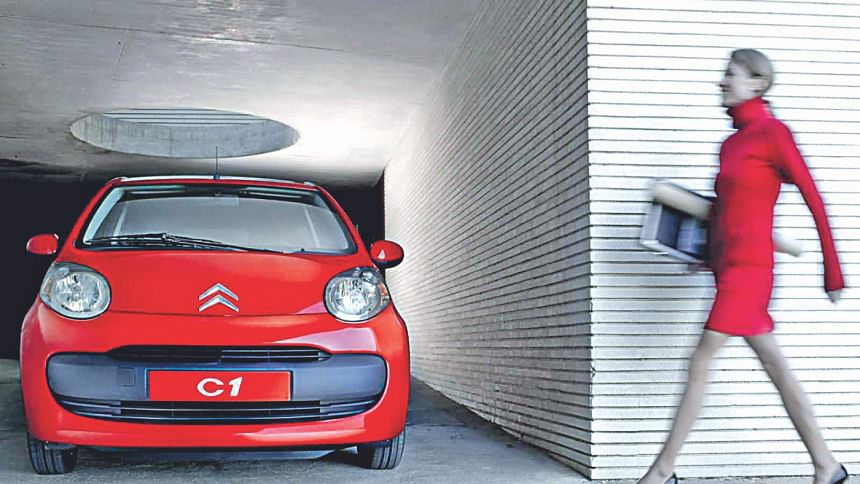
One can argue that there are many ways of conveying Frenchness—baguettes, flat-caps, romantic poems full of polyamorous intellectuals, the Eiffel tower and moustachioed socialists wearing stripes being a few of them—but the Citroen 2CV has truly stood the test of time as THE symbol of France.
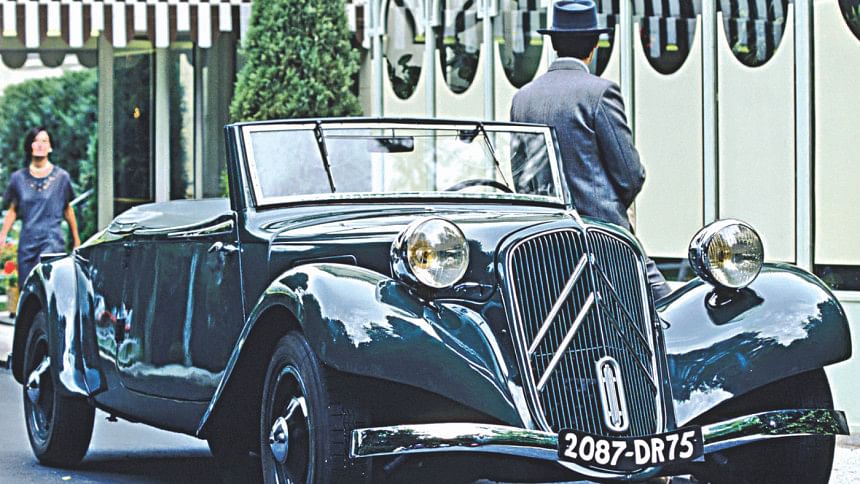
Originally conceived from the simple engineering task of carrying a basket of eggs across a bumpy field without breaking any of them, the 2CV was pared back motoring at a time when Europe was rebuilding from the horrors of a second world war that had seen France occupied for years under swastika toting fascists. The fascists had their own people's car as well—the venerable Volkswagen—but the bugs were not nearly as versatile as the 2CV, which anyone could take apart and reassemble with nothing more than screwdrivers. That it became a car featured in James Bond is proof enough of that do-anything attitude that made the 2CV great.
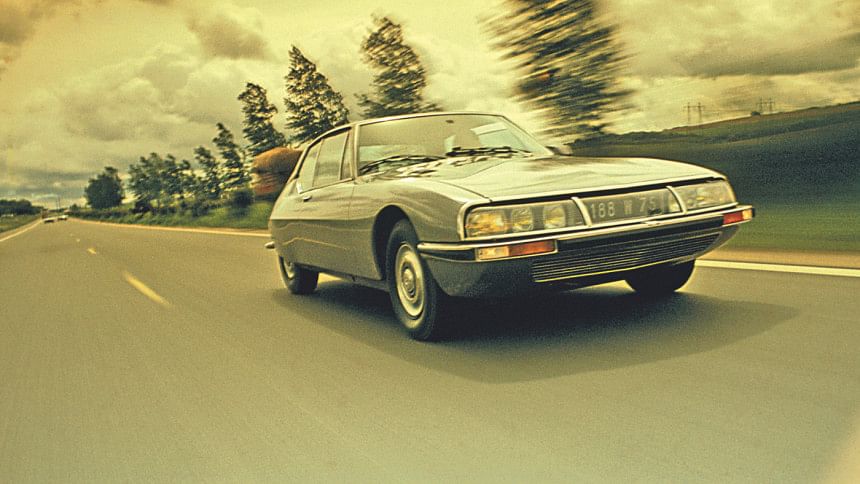
You'd think, with cars as beautiful as the DS—often regarded by bearded hipsters to be the most beautiful car ever made—and the wonderfully sleek SM, that Citroen is a car-maker that focuses on appearances. That these Frenchies just put together beautiful shapes and stumble their way around the workshop till the mechanical components sort themselves out. However, a lot of the bonkers designs they've come up with over the years have been a labour of extremely forward thinking engineering.
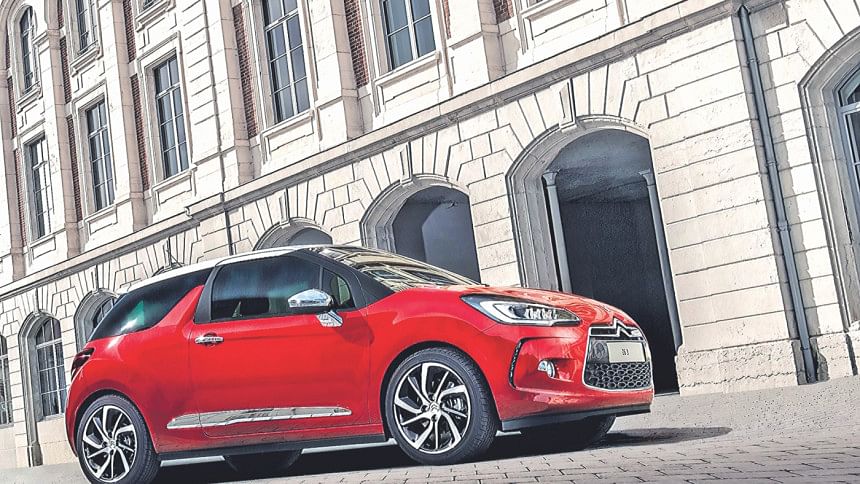
The pre-war Traction Avant was the first front wheel drive car to be mass produced, and proved its mettle in the snowy winters of Europe and not-yet-fully-paved roads of the continent. The aforementioned DS had hydro-pneumatic suspension that kept that gorgeous, curvaceous body level over all kinds of terrain, while Sebastien Loeb's series of rally wins with the impossibly reliable C4 in the mid-2000s made the sport almost boring to watch. Even now, exemplified by cars like the DS3 and the C4 Cactus, Citroens are packaging and engineering marvels that seemingly do everything really well and look good while doing it.
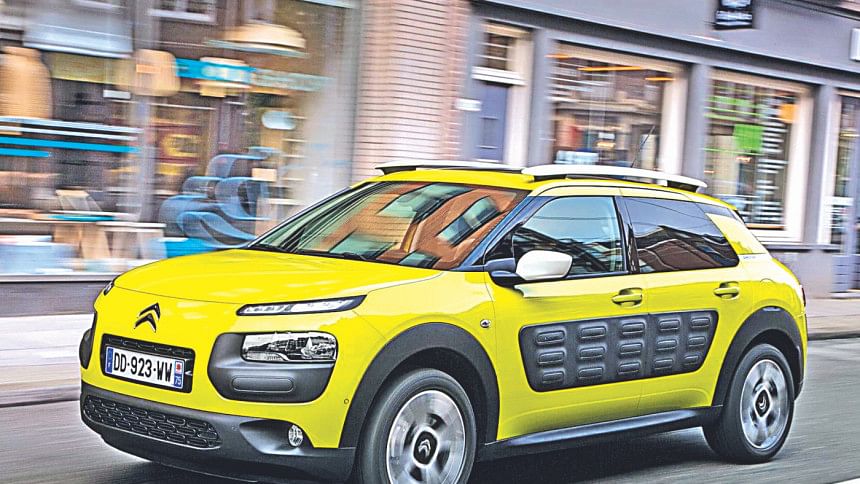
When a brand set the standards of design and engineering for a whole century, is it any wonder their products are so linked to the greater national identity? Citroen is France, and few things are as French as Citroen. Happy hundred.
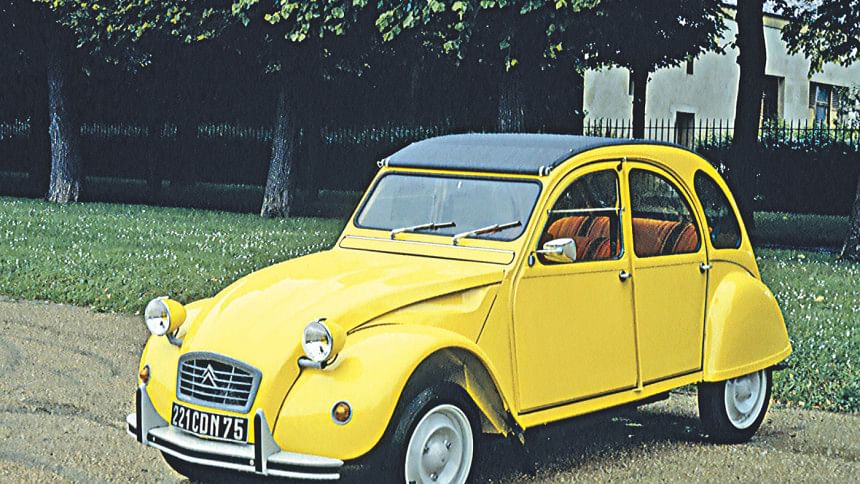
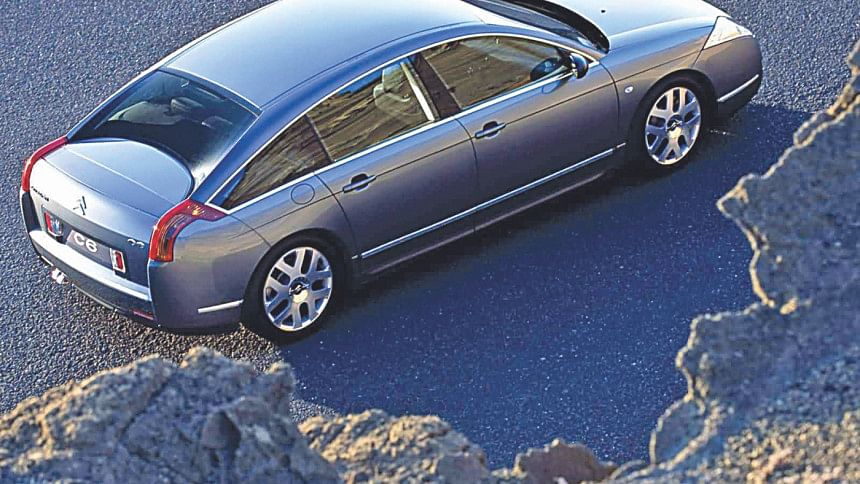
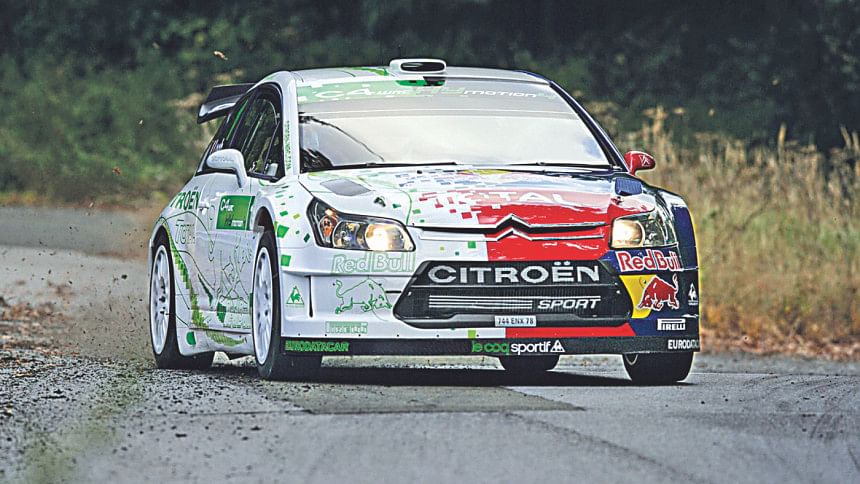

 For all latest news, follow The Daily Star's Google News channel.
For all latest news, follow The Daily Star's Google News channel. 



Comments